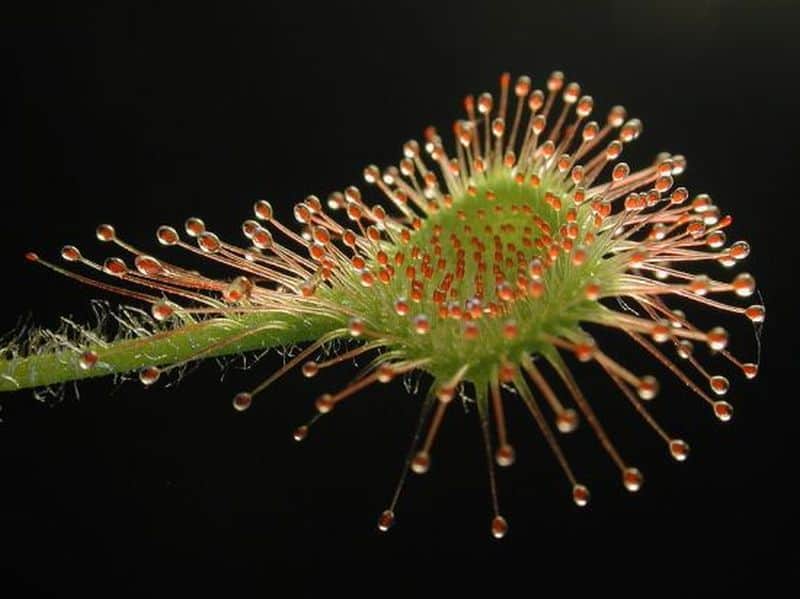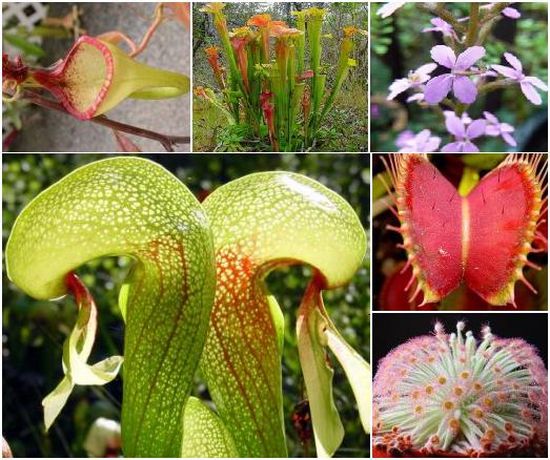
Why it is so? Well, Charles Darwin hypothesized it long ago via his famous treatise “Survival of the Fittest” in the fifth edition of his Origin of Species, 1869. Adapting to the surroundings lacking in nutrients, some plants became carnivorous and gradually, started behaving like beasts of prey. You can observe the true carnivory in more than 630 species capable of producing digestive enzymes to burglarize nutrients from the collapsed victim.
Hit the jump to see a pictorial of carnivorous plants and a video to see them in action.
The pictorial below represent these plants in full glory:
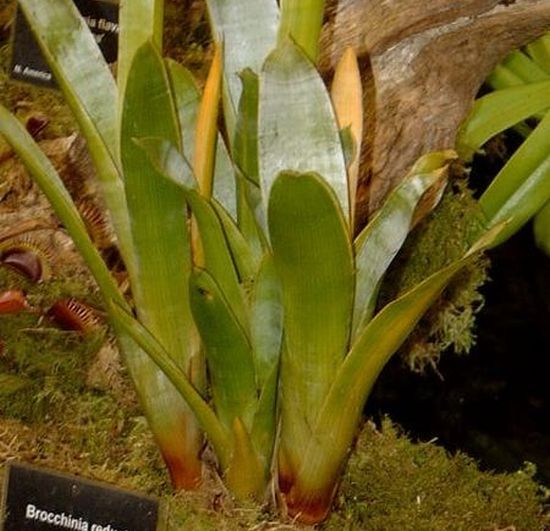
Scientific Name: Brocchinia reducta.
Found in: Venezuela and Guyana.
Feeds itself on: Ants and other insects.
Lethal Weapon: Waxy scales.
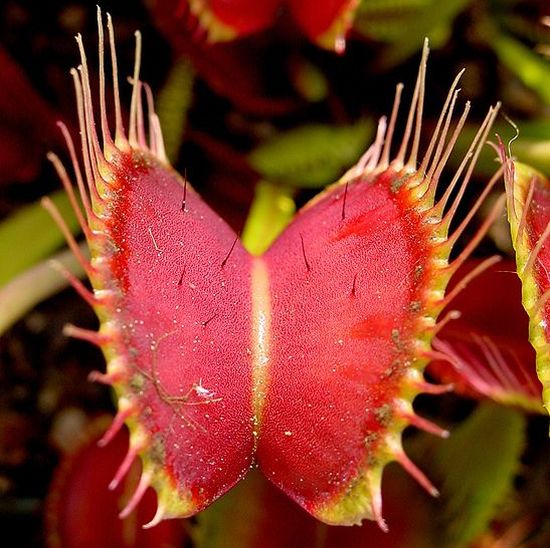
Scientific Name: Dionaea muscipula.
Better known as: Venus Flytrap.
Found in: North and South Carolina in the United States.
Feeds itself on: Spider and other insects.
Lethal Weapon: Tiny hairs on plant leaves.
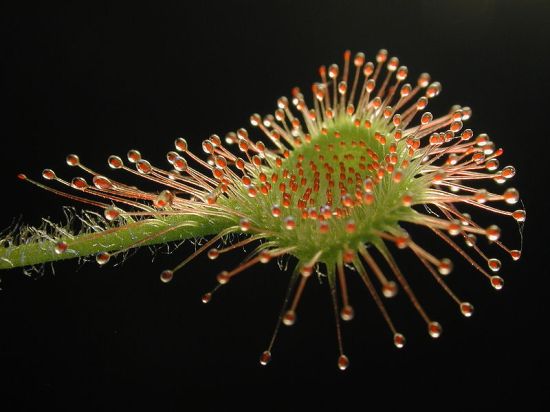
Better known as: Droserapites.
Found in: Miocene formations of Taiwan.
Status: Extinct.
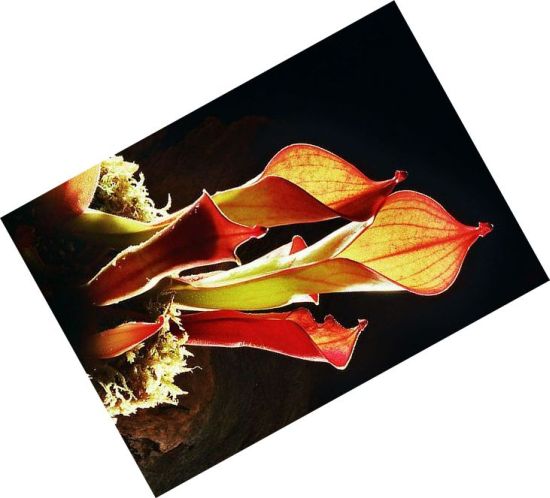
Scientific Name: Heliamphora ionasii.
Found in: Venezuela.
Lethal Weapon: Pitcher.
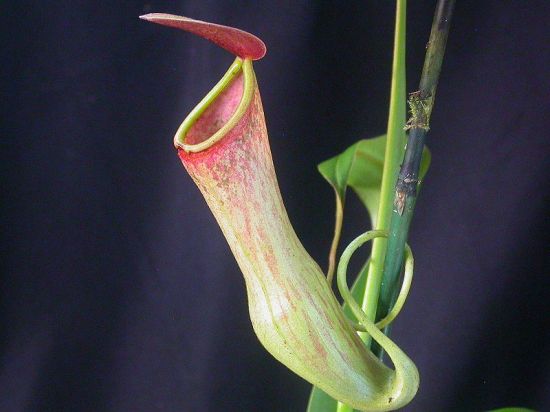
Scientific Name: Nepenthes khasiana.
Better known as: The basket of the devil.
Found in: Khasi Hills of India.
Lethal Weapon: Pitcher.
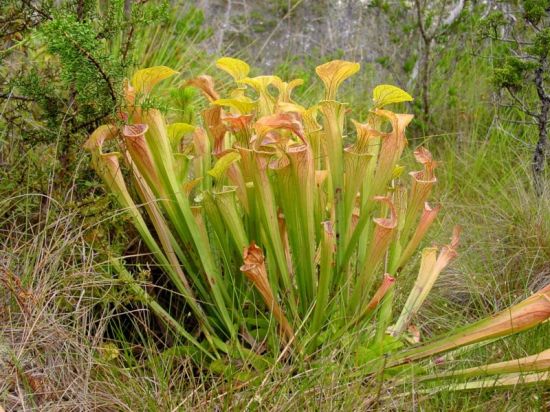
Scientific Name: Sarracenia oreophila.
Better known as: Green Pitcher Plant.
Found in: Northern Alabama, North Carolina, and Georgia.
Lethal Weapon: Tubular rolled leaf.
Feeds itself on: Wasps.
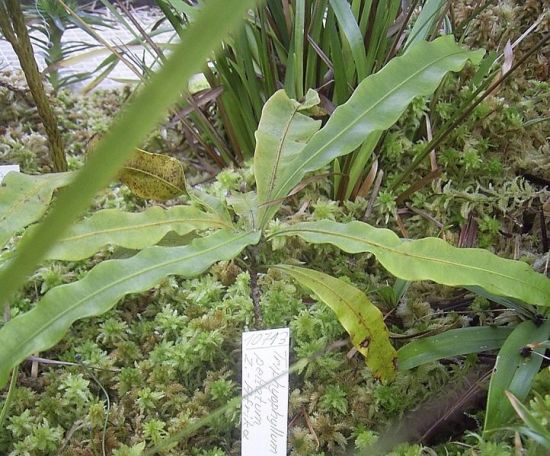
Scientific Name: Triphyophyllum peltatum.
Better known as: Triphyophyllum.
Found in: Tropical western Africa, in Sierra Leone and Liberia.
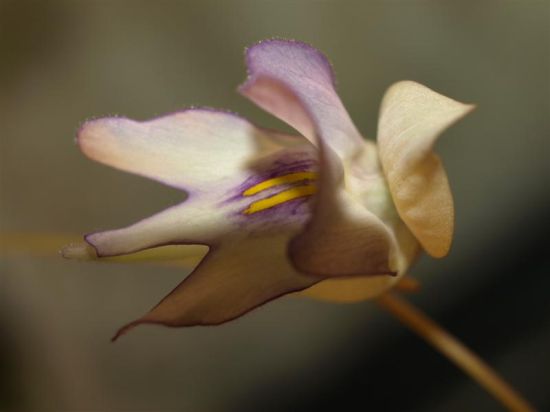
Scientific Name: Utricularia asplundii.
Found in: Western South America, Colombia and Ecuador.
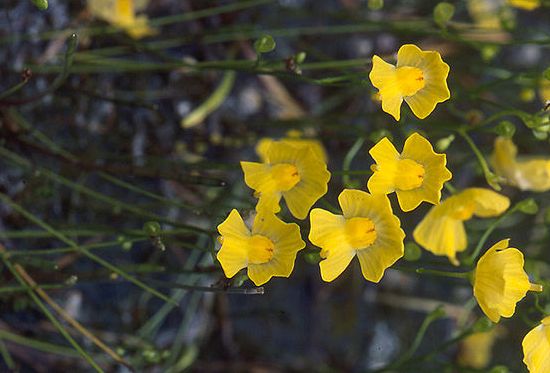
Scientific Name: Utricularia gibba.
Better known as: Floating bladderwort.
Found in: The USA (all states except Alaska and Rocky mountain states), Canada, Central and South America, Spain, Israel, most of Africa, most of Asia – including China and Japan – New Guinea, Australia and Tasmania and the North Island of New Zealand.
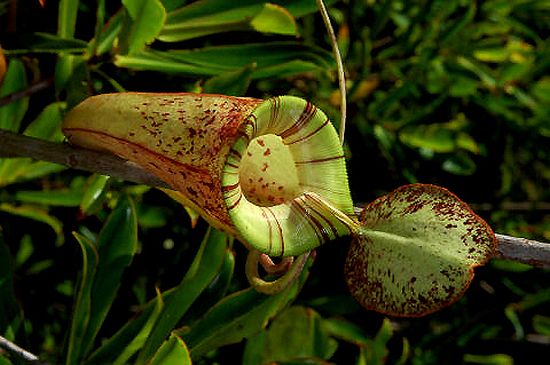
Scientific Name: Nepenthes × hookeriana.
Better known as: Hooker’s Pitcher-Plant.
Found in: Peninsular Malaysia, Borneo, Singapore and the Indonesian island of Sumatra.
Lethal Weapon: Pitcher.
Feeds itself on: Grasshoppers and other insects.
What causes this change in behavior?
Plants can’t be carnivorous, still it’s better to build up what you aren’t supposed to than getting wiped out of existence. These definitely defied the accepted behavior and that’s the reason, maybe, why Charles Darwin was so overwhelmed with the striking adaptations these plants developed in due course. The gradual projection of trigger hairs, gaping leaves, sticky glue, quick responses and teeth helped them become accomplished hunters. Next, they might have developed a sense of selection as to what to devour. Live prey or the landed creatures? Finally, the digestive glands to digest the slain victim complete the tally.
See them in action:
[youtube http://www.youtube.com/watch?v=awKwxwTYIXo&hl=en&fs=1&color1=0x234900&color2=0x4e9e00&border=1]
Image Credit: Wikipedia


